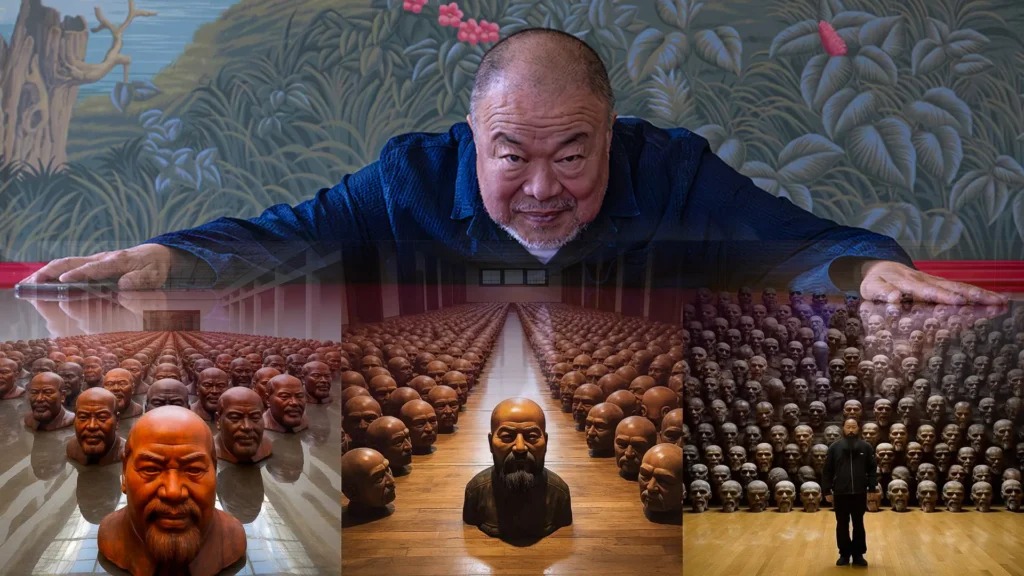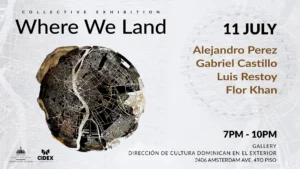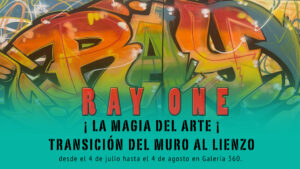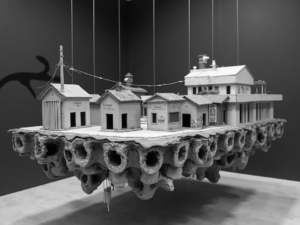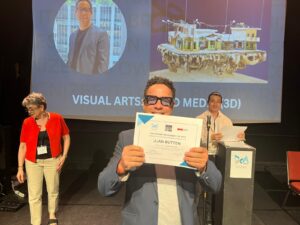Almost a month ago, I visited one of those famous galleries in Chelsea, New York, and saw a super strange guy—not only for his behavior in front of the work of a great artist, cursing both the piece and the author. I decided to distance myself from that disturbed individual and continue enjoying the work of Ai Weiwei, which was on its last day of exhibition in that gallery. I wondered how frustrating contemporary art can be, keeping my distance from the individual, who minutes later was kicked out by two security guards.
Ai Weiwei’s work makes me feel a mix of curiosity and strangeness. This artist, known not only for his incredible talent but also for his political activism, has created a lasting impact on the world of contemporary art. From the very first glance, his ability to fuse aesthetics with a profound social message became evident.
Ai Weiwei is not just any artist; he is a symbol of resistance. Born in 1957 in Beijing, his life has been marked by oppression and censorship. As I delved into his history, I found out about his time in the United States in the 1980s, where he immersed himself in contemporary culture and began to shape his artistic identity. That influence is felt in his work, which challenges not only aesthetic norms but also political ones.
One of the first pieces that captured my attention was “Sunflower Seeds,” a monumental installation composed of millions of porcelain sunflower seeds. Observing each meticulously crafted seed, I felt a connection to the idea of individuality and collectivity. Each seed represented a person, and the work as a whole became a commentary on mass culture and conformity. In one corner of the room, I noticed other visitors touching the seeds, creating a moment of tangible connection. The piece was not only seen; it was felt.
As I explored further, I encountered “Remembering,” a poignant response to the tragedy of the Sichuan earthquake in 2008. Ai used school backpacks, symbols of the children lost in the tragedy, to create an impactful installation. Upon reading the words “Don’t forget the children,” I grasped the urgency of his message. The work led me to reflect on the role of the artist in society and the responsibility that comes with giving a voice to those who cannot speak.
Ai Weiwei’s activism goes beyond his art. His courage to criticize the Chinese government and his willingness to face the consequences of his actions have made him a global reference. During his detention in 2011, the silence that followed resonated worldwide, turning him into a symbol of the struggle for freedom of expression. As I thought about those dark moments in his life, I felt a profound admiration for his resilience and commitment.
In the gallery, I also appreciated “Law of the Journey,” an installation that represents the refugee crisis. The image of an inflatable boat filled with human figures hit me with a heartbreaking reality. I realized that, although these works are visually striking, their true power lies in the way they force us to confront injustices we often prefer to ignore.
As I continued my tour, I reflected on how Ai Weiwei uses his art as a means to catalyze change. In an era where voices are easily silenced, his work reminded me of the importance of speaking out and taking action. His art is not just a form of expression; it is a call to action, an invitation to empathy and reflection.
Upon leaving the gallery, I carried with me a sense of hope and challenge. Ai Weiwei’s work taught me that art has the power to change realities, open dialogues, and unite people around common causes. In a world where censorship and oppression remain prevalent, his legacy is a beacon illuminating the path to a more just future.
That night, as I reflected on my experience, I realized that Ai Weiwei’s art transcends borders. His courage and vision are reminders that through creativity, we can tackle even the most difficult issues. At the intersection of art and politics, Ai Weiwei stands as an inspiring example, showing that true artistic expression can simultaneously be an act of resistance and a catalyst for change.

